Convention - Comic Con France 2025: A Comprehensive Look at the Booths That Defined This Year's Pop Culture Gathering
By Mulder, Villepinte, Parc des Expositions, 12 april 2025
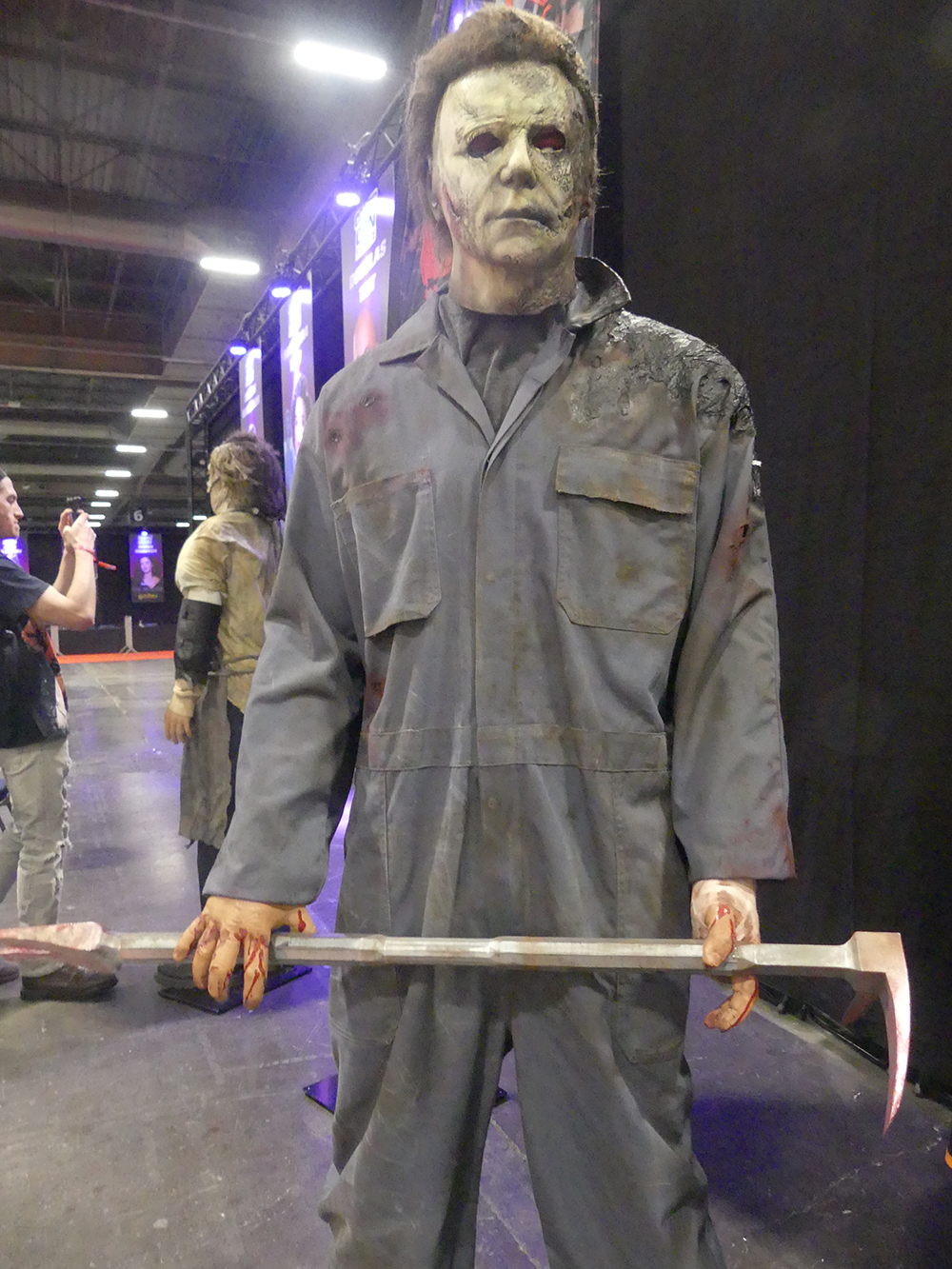
Comic Con France 2025, held at Paris Nord Villepinte in mid-April, marked another chapter in the country’s growing embrace of global pop culture events. While not as colossal as its American counterpart, the convention has carved out a distinct identity that blends European sensibilities with international trends. This year, the booths and exhibition stands were more than just commercial or promotional spaces—they formed a vital infrastructure for how fans engaged with the convention itself. From expansive publisher setups to grassroots fan community tables, the diversity of the booths revealed the many faces of fandom in 2025.
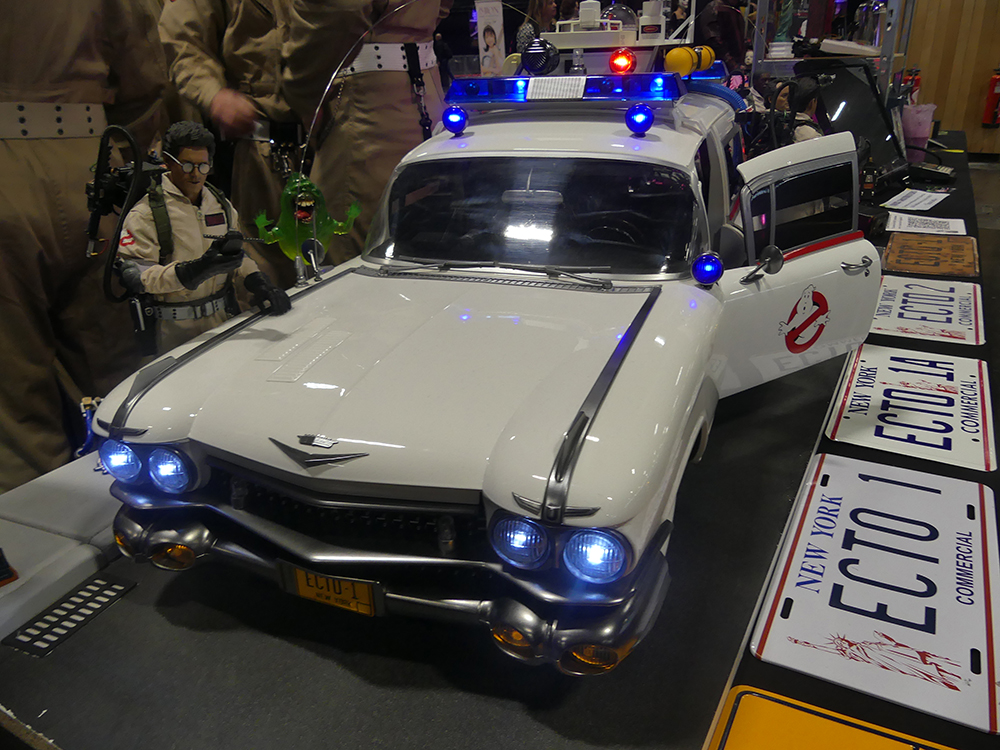
One of the most visible presences came from the major comic book publishers and entertainment platforms. While Marvel and DC’s presence was more subdued compared to past international conventions, French publishers such as Delcourt and Glénat filled the gap with substantial spaces that showcased their current catalogues and hosted live drawing sessions and moderated panels. These booths weren’t only there to sell; they acted as cultural spaces, encouraging dialogue between artists and attendees. In a convention increasingly dominated by audiovisual content, it was notable that comics—both Franco-Belgian and manga—maintained a strong foothold. Several stands were dedicated to manga publishers, with Tonkam, Ki-oon, and Pika presenting new series, exclusive merchandise, and guest appearances by visiting Japanese creators.
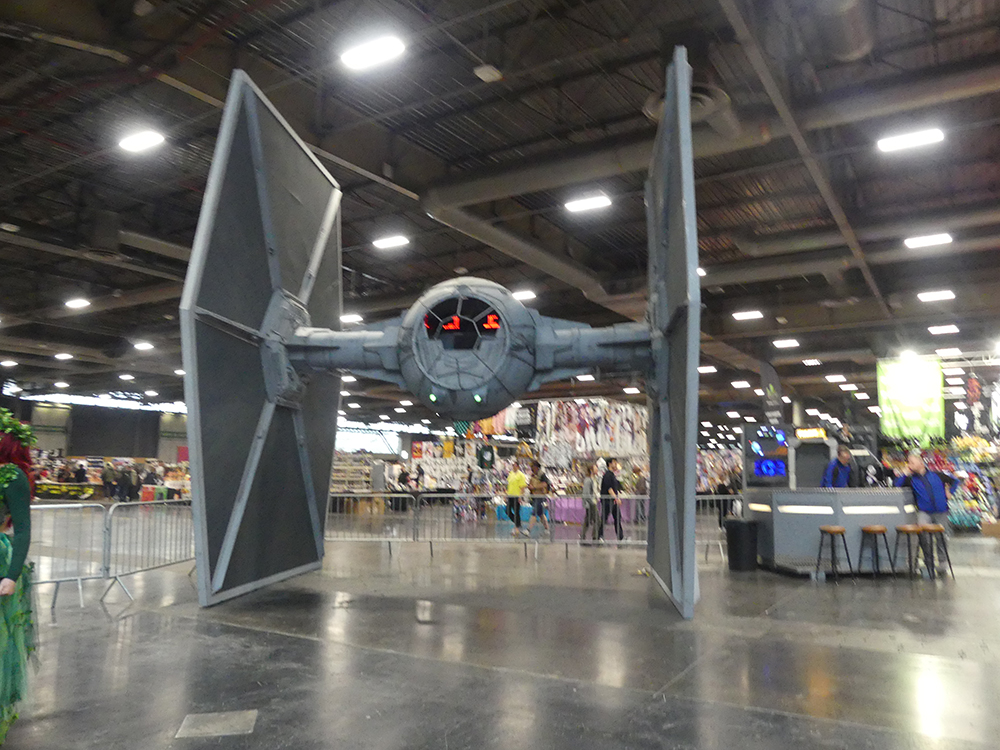
The gaming section of the convention, while not the centerpiece, played a consistent supporting role. Rather than overwhelming spectacle, booths from companies like Bandai Namco and Ubisoft took a more measured approach. They offered hands-on demos, presentations of upcoming titles, and community contests, emphasizing a deeper level of engagement. Retro gaming also saw dedicated booths that drew steady foot traffic, especially from older attendees nostalgic for 8-bit and 16-bit eras. These stands were often quieter and more focused, providing an alternative tempo to the often frenetic pace of the convention floor.
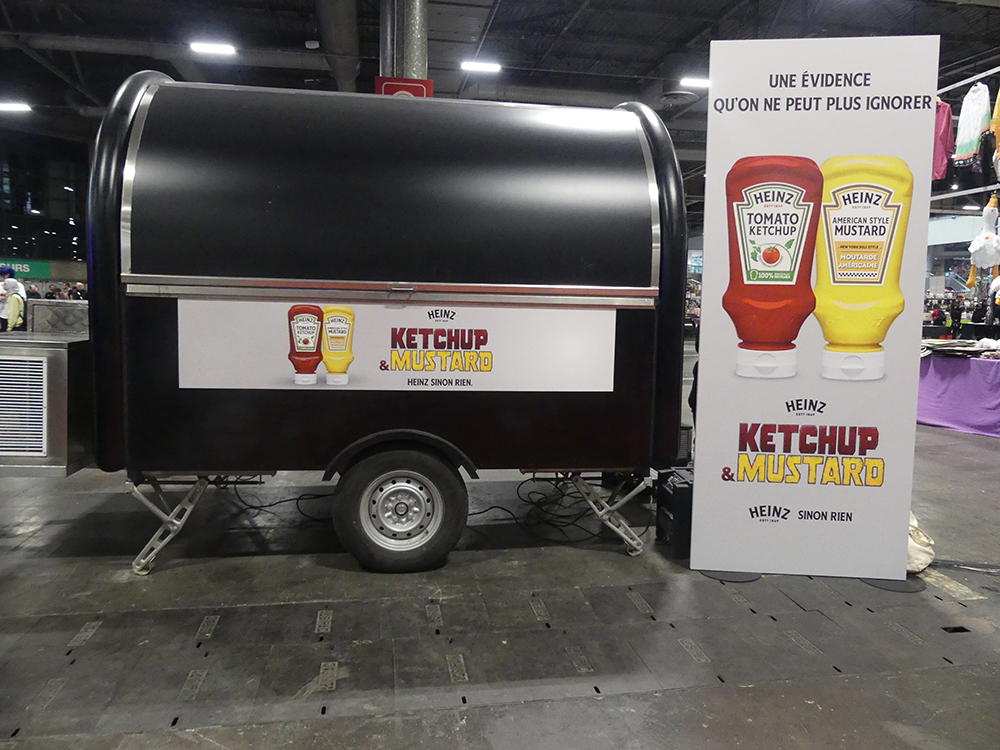
Merchandise remained a cornerstone of the experience, with rows upon rows of booths dedicated to apparel, figures, home décor, books, and art prints. Interestingly, the division between mainstream and indie vendors has blurred, with many smaller booths offering licensed products that rival the quality of bigger names. The “Geek Market” section stood out by leaning into craftsmanship and rarity—several exhibitors sold handmade props, vintage toys from the 80s and 90s, and screen-accurate replicas that catered to a niche yet devoted audience. These were not impulse buys; they were sought-after items for collectors who knew exactly what they were looking for, adding an almost curatorial feel to these spaces.
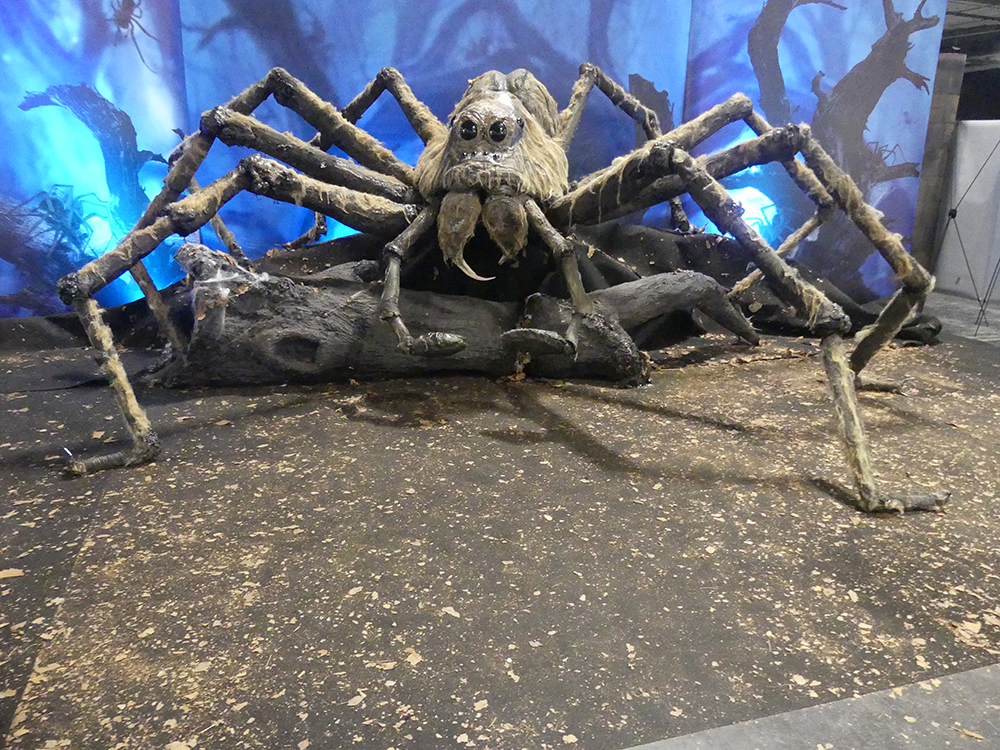
Cosplay had its own ecosystem of booths and micro-environments within the larger convention structure. Specialized retailers provided everything from foam armor kits to intricate wig styling products. A few stands even offered real-time repairs for damaged costumes, which proved essential for those participating in competitions. Tutorials, workshops, and informal Q&As with experienced cosplayers gave the area a practical, almost instructional tone, contrasting with the more theatrical vibe of the cosplay parade itself. This wasn’t just performance—it was craftsmanship on full display, and the booths reflected that ethos.
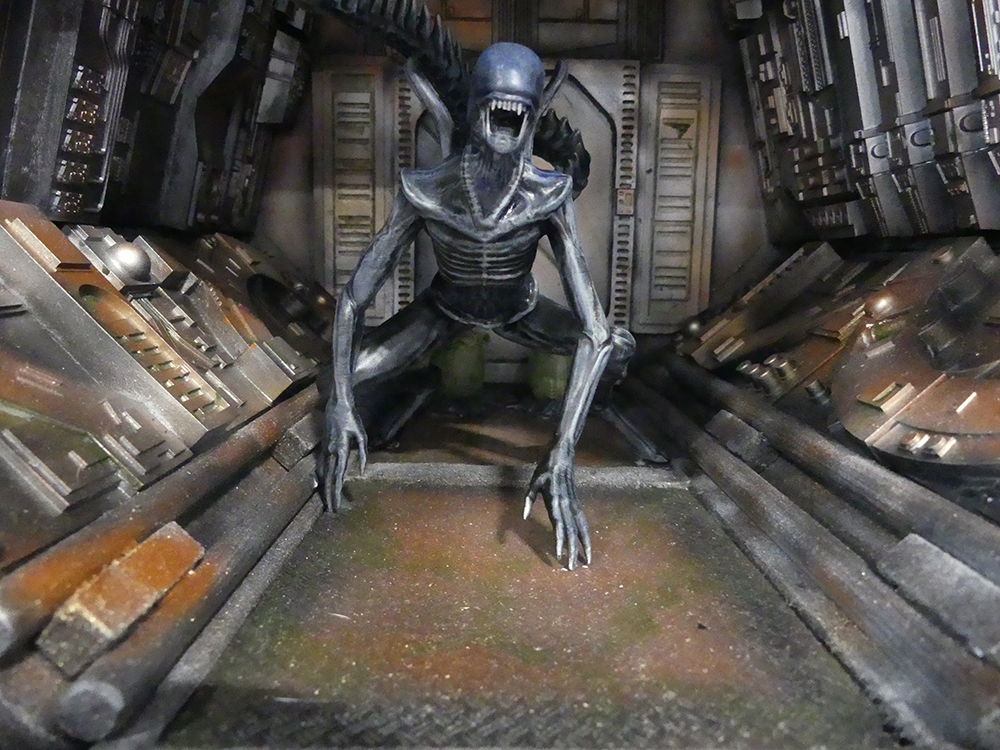
Streaming platforms and entertainment conglomerates were more selective with their presence, but where they did invest, they went for high-concept displays. Netflix and Amazon Prime Video offered interactive booths tied to their upcoming sci-fi and fantasy releases. These were not just photo ops—they were narrative experiences that encouraged exploration. However, the flashiness was toned down from previous years, possibly reflecting a broader industry-wide recalibration post-strike and amid shifting content strategies. While the booths did succeed in generating interest, they also suggested a more cautious approach to event marketing from the big players.
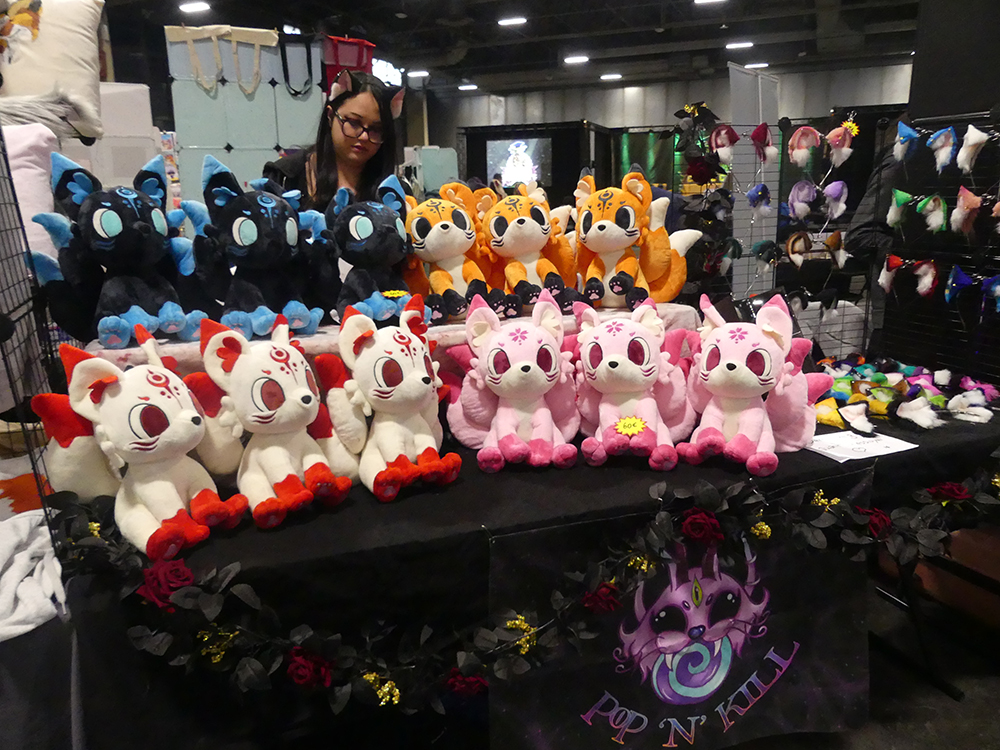
In contrast to the more commercial booths, community-driven stands brought a different energy to the floor. Fan clubs, role-playing associations, and nonprofit organizations occupied smaller but meaningful spaces. These booths emphasized conversation over commerce. You could chat with a Tolkien scholar about elvish linguistics, join a mini Dungeons & Dragons campaign, or learn about inclusive gaming spaces. Their presence gave the convention depth—it’s one thing to admire pop culture from a distance; it’s another to be invited to participate in it in a more sustained, thoughtful way. These booths didn’t try to be flashy, but their presence was one of the strongest indicators that Comic Con France is not merely about entertainment—it’s about community formation.
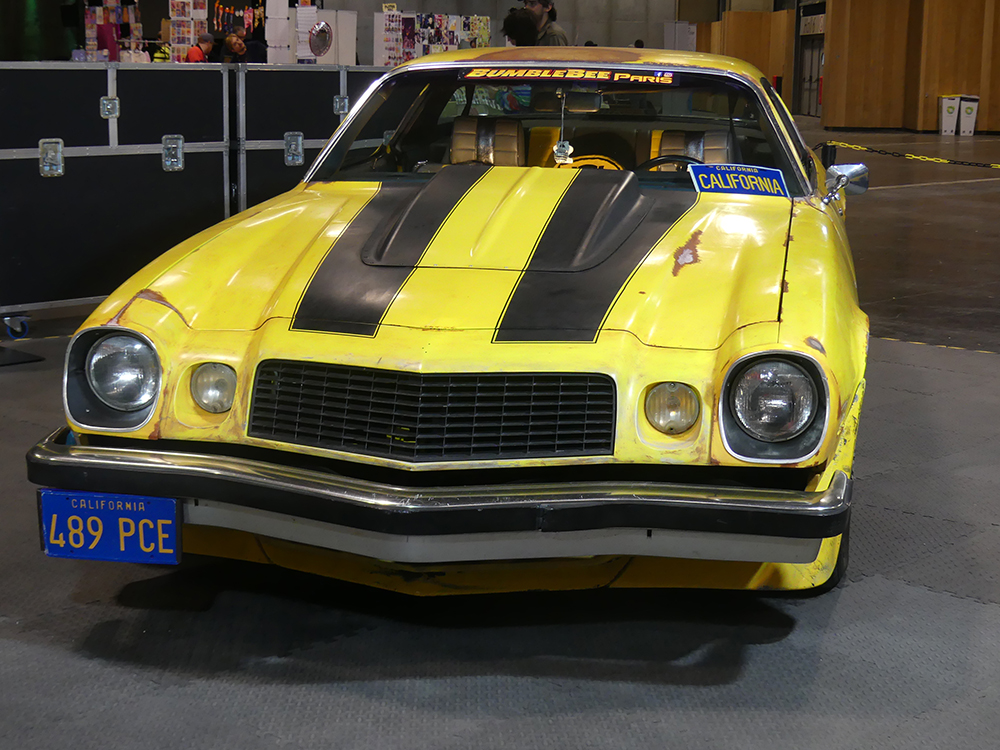
In sum, Comic Con France 2025’s booths were reflective of an evolving balance between industry promotion and fan-driven expression. The convention continues to grow, but without completely losing sight of its roots. Rather than overwhelming attendees with spectacle, the booths this year were more grounded and accessible, focusing on long-term engagement rather than immediate hype. Whether through indie comic sales, cosplay workshops, or understated VR demos, each stand seemed to understand its place in the larger ecosystem of fandom. If Comic Con France continues in this direction, it may very well become a unique cultural platform in Europe—not merely a smaller version of San Diego, but something that speaks more directly to the diverse, thoughtful, and increasingly mature audience that populates it.
You can discover our photos selection in our Flickr page
Photos and video : Boris Colletier / Mulderville

